- Abstract
- Planned Seismic Experiment
- Motivation
- The Pilot Deployment
- The Seismic Part
- The Magnetotelluric Part
- References
- anonymous ftp of pdf files
- GRL99 preprint text
- GRL99 preprint
references
- GRL99 reprint
(one large figure -> slow download)
- new:
- latest summary of SWELL
(as of October 2001) - anonymous ftp of PDF file
- anonymous ftp of Word 98 RTF file
- latest summary of SWELL
- Steve's L-CHEAPO page
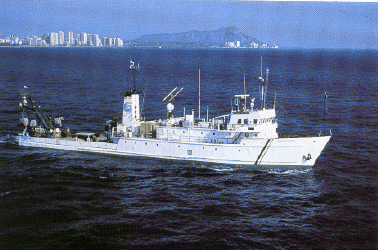
The Moana Wave
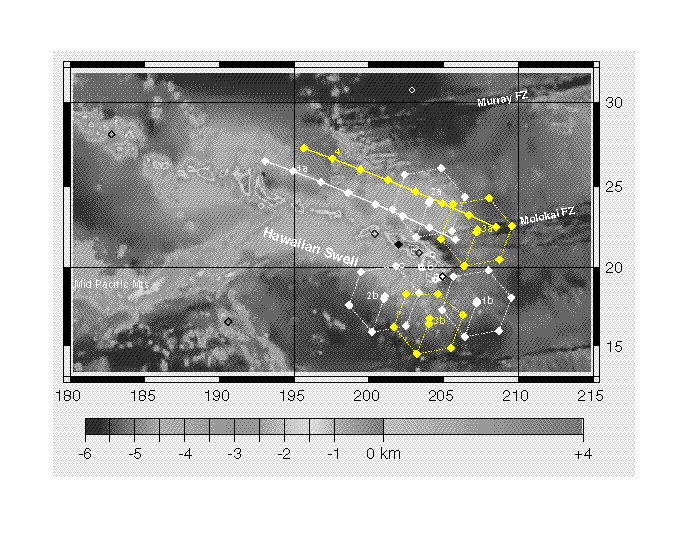 Location map for the proposed seismic arrays to record regional and teleseismic
surface waves.
Epicentral locations of regional earthquakes with Mb>5 are shown by open white
circles. L-CHEAPO deployments are shown by linked white and yellow diamonds.
Array 2b is the pilot array. Instrument spacing in the haxagonal arrays is about
250km. For redundancy of the most critical site of that configuration, the
central site will have two instruments (~20km spacing). The location of the
existing broadband station KIP on Oahu is marked with a black diamond. Places of
additional planned broad-band seismometers on Hawaii, Midway, and Johnston atoll
are shown by open black diamonds. Gray diamonds show location of possible
PASSCAL-type stations that could be used to further augment the land array during
future deployments. (Regional bathymetry (DBDB-5) is in km.)
top
Location map for the proposed seismic arrays to record regional and teleseismic
surface waves.
Epicentral locations of regional earthquakes with Mb>5 are shown by open white
circles. L-CHEAPO deployments are shown by linked white and yellow diamonds.
Array 2b is the pilot array. Instrument spacing in the haxagonal arrays is about
250km. For redundancy of the most critical site of that configuration, the
central site will have two instruments (~20km spacing). The location of the
existing broadband station KIP on Oahu is marked with a black diamond. Places of
additional planned broad-band seismometers on Hawaii, Midway, and Johnston atoll
are shown by open black diamonds. Gray diamonds show location of possible
PASSCAL-type stations that could be used to further augment the land array during
future deployments. (Regional bathymetry (DBDB-5) is in km.)
top
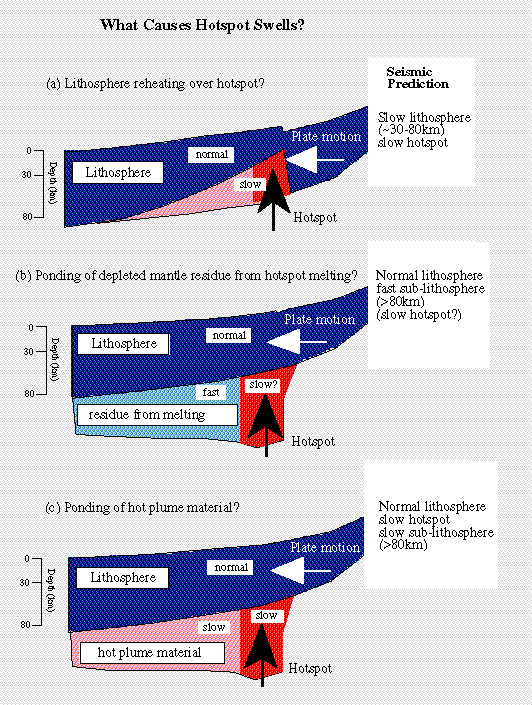 Cartoon of proposed mechanisms for generating a hotspot swell.
Each mechanism is shown for a vertical slice along the hotspot chain. 'Slow' and
'Fast' seismic velocities are shear wave velocities relative to
lithsphere/asthenosphere velocities appropriate for the ~80 Ma age of the
seafloor around Hawaii.
Cartoon of proposed mechanisms for generating a hotspot swell.
Each mechanism is shown for a vertical slice along the hotspot chain. 'Slow' and
'Fast' seismic velocities are shear wave velocities relative to
lithsphere/asthenosphere velocities appropriate for the ~80 Ma age of the
seafloor around Hawaii.
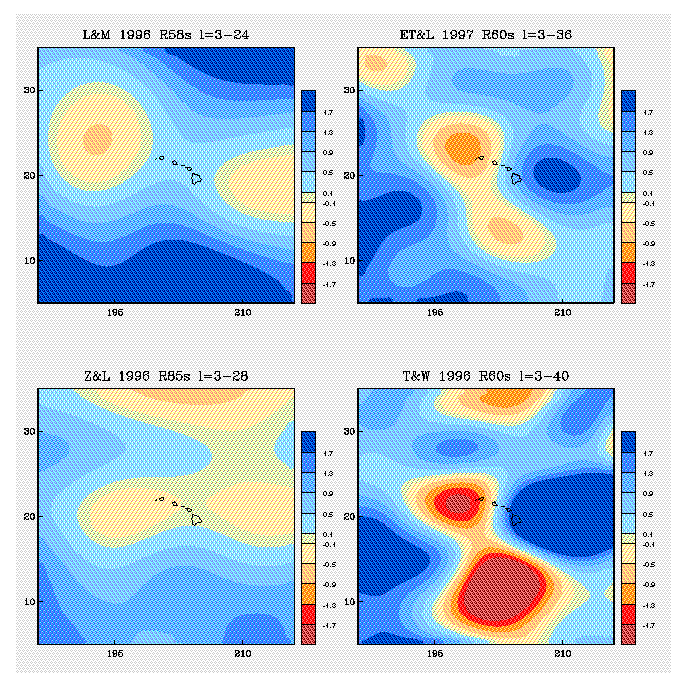
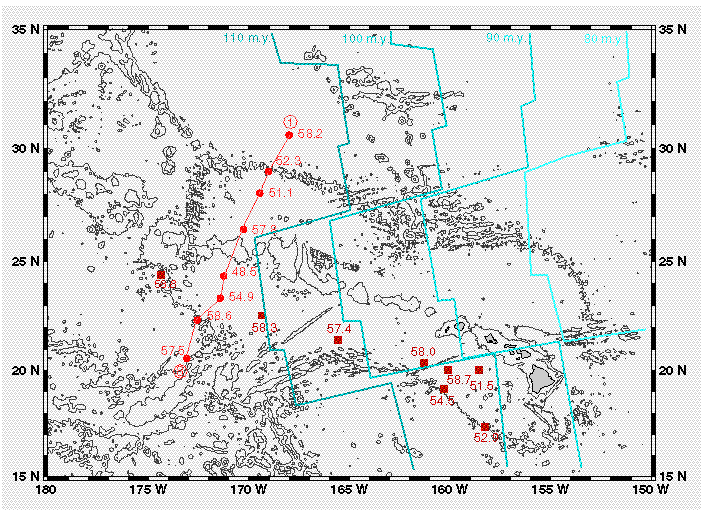

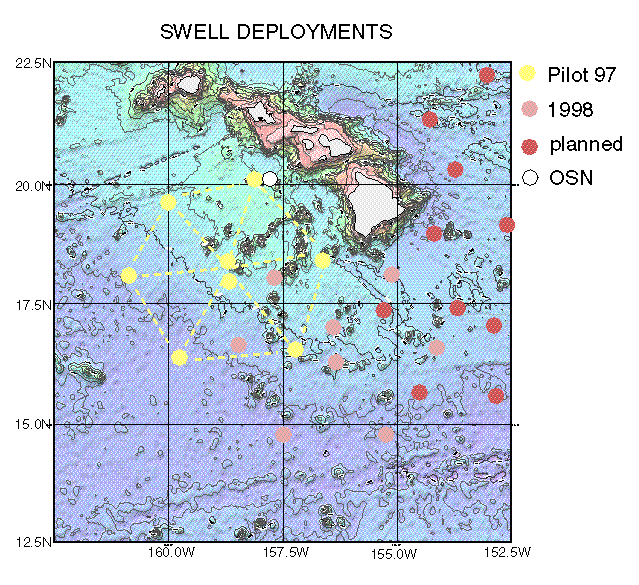

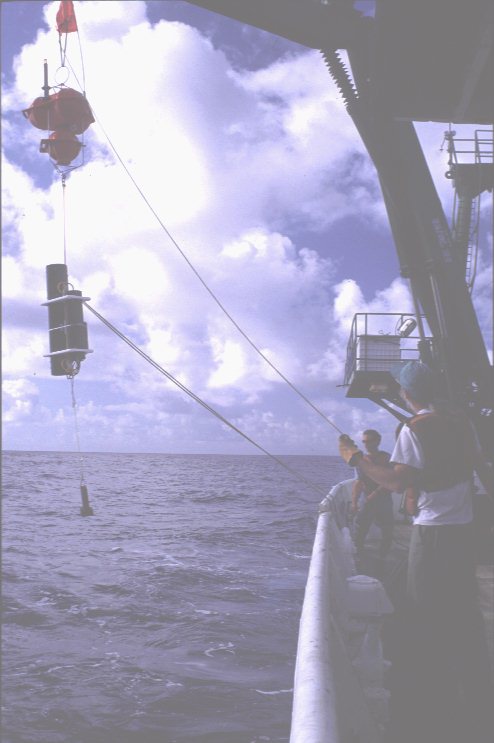

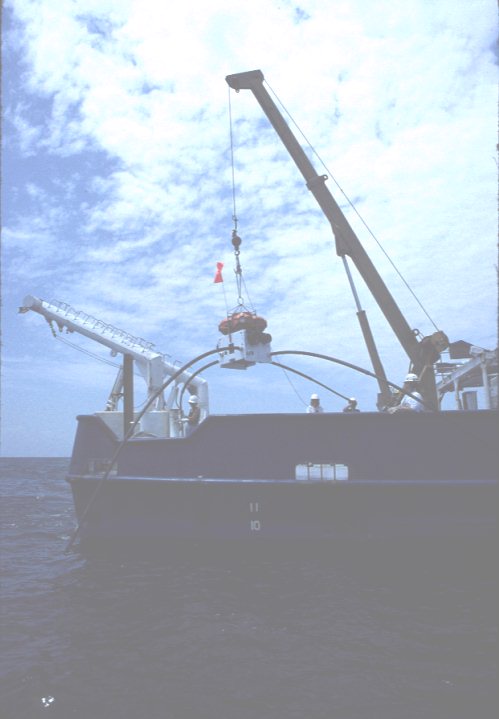
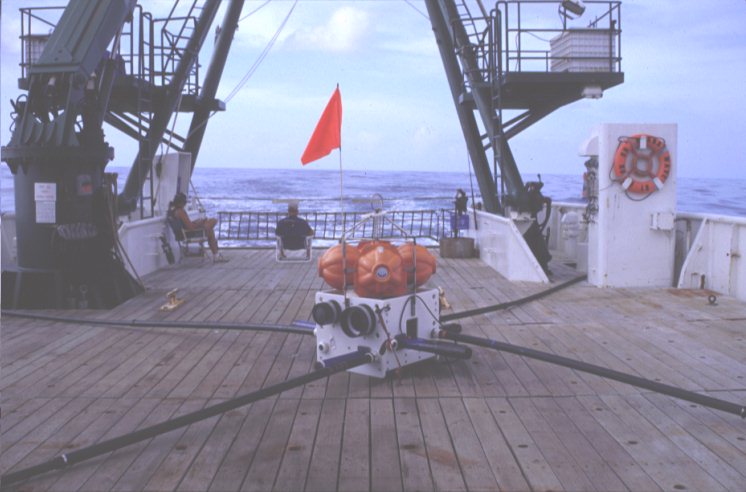 The new modular L-CHEAPO, shown here in the
magnetotelluric configuration. This instrument has been
tested in deep water on the April SWELL cruise and has
been successfully deployed in experiments in the Gulf of
Mexico.
top
The new modular L-CHEAPO, shown here in the
magnetotelluric configuration. This instrument has been
tested in deep water on the April SWELL cruise and has
been successfully deployed in experiments in the Gulf of
Mexico.
top
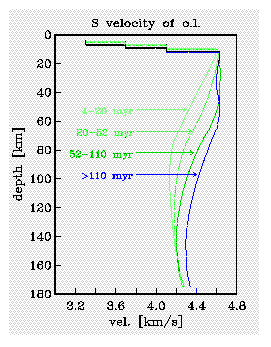
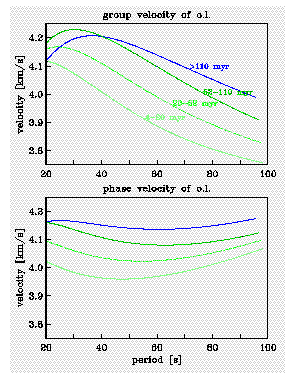

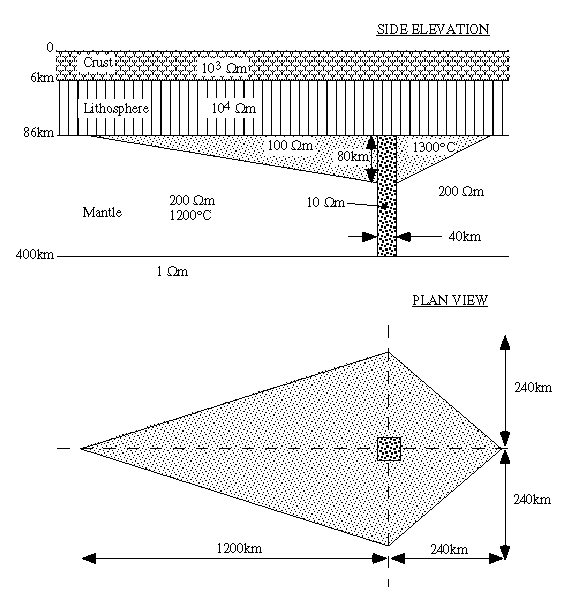
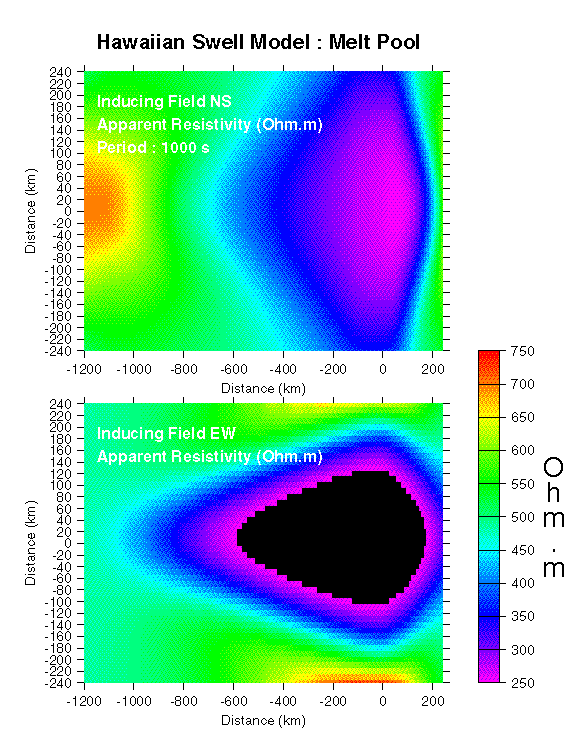
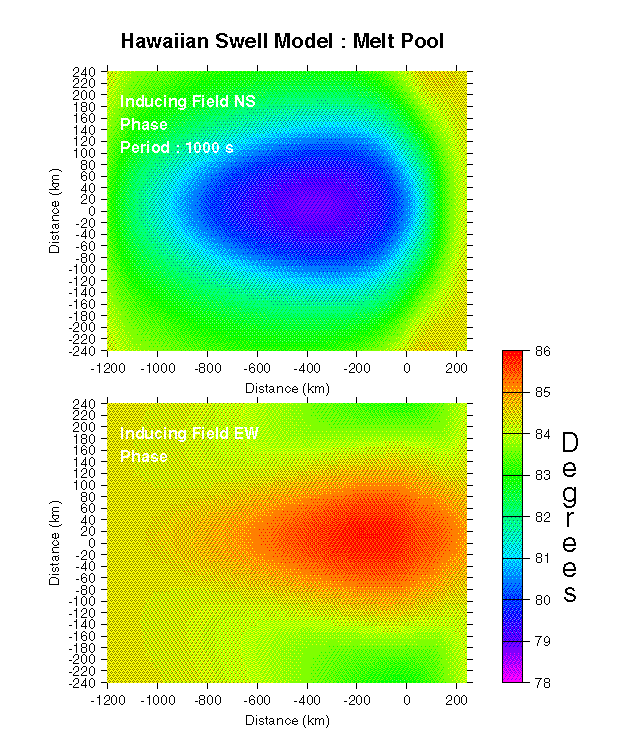 Magnetotelluric response of the swell model shown on the left.
The wedge of reheated lithosphere/entrained plume is
clearly visible in the data, particularly the E-W induced
apparent resistivities.
Omitting the wedge of relatively conductive
material produces a much smaller response
(at least factor two) localized around
the narrow plume.
top
Magnetotelluric response of the swell model shown on the left.
The wedge of reheated lithosphere/entrained plume is
clearly visible in the data, particularly the E-W induced
apparent resistivities.
Omitting the wedge of relatively conductive
material produces a much smaller response
(at least factor two) localized around
the narrow plume.
top
 To IGPP Home
To IGPP Home